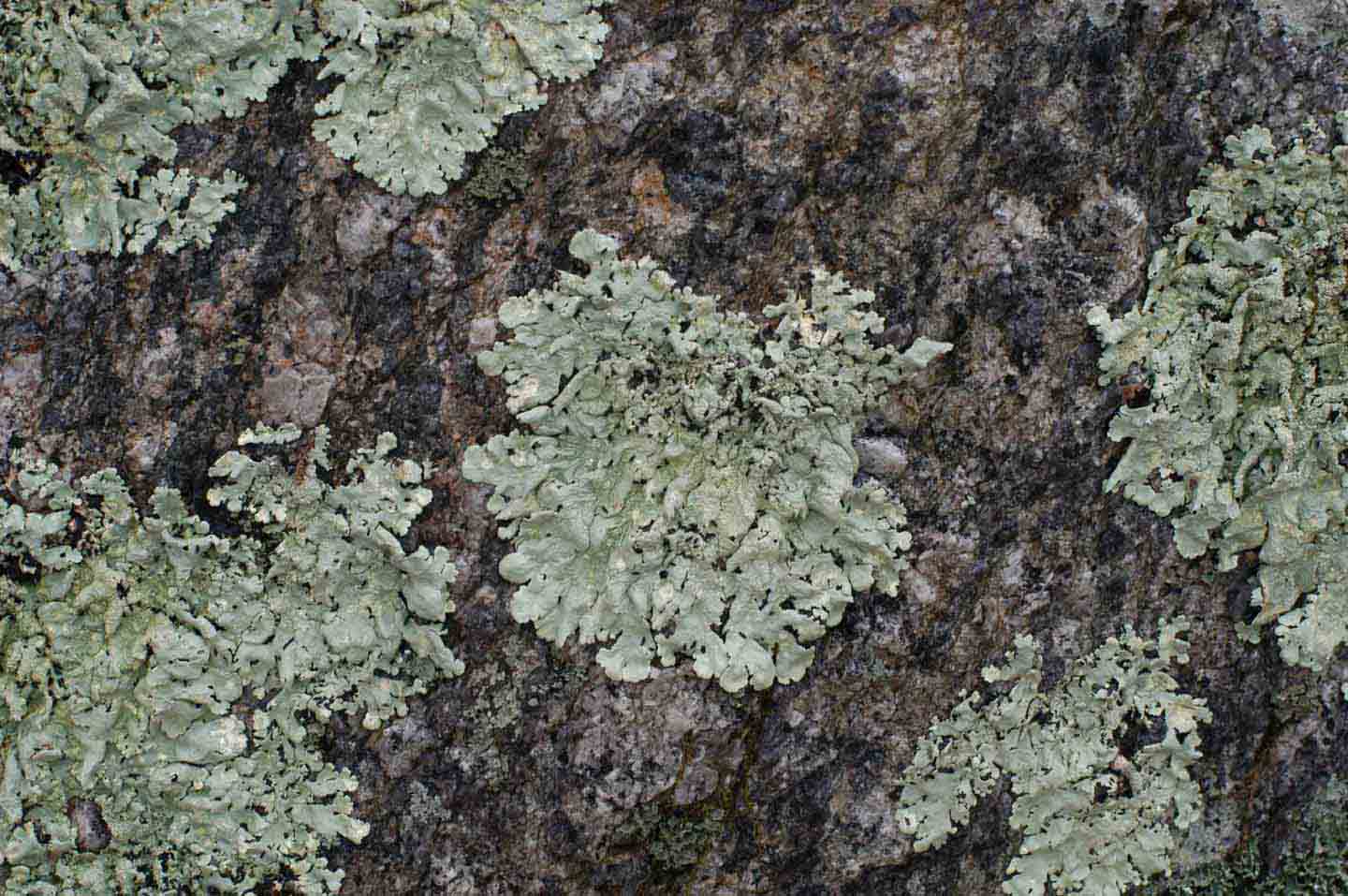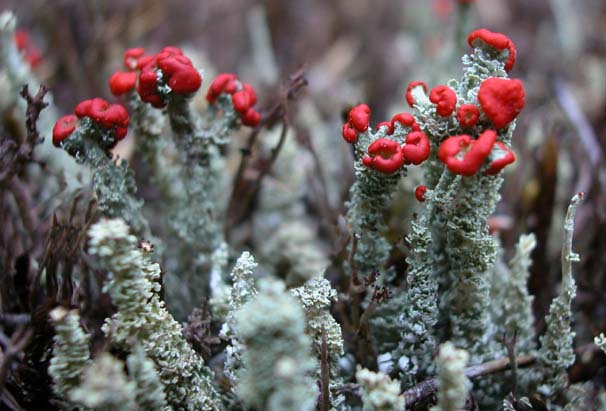|
|
|
|
|
||
|
|
Lichen Biomonitoring Project
|
||
|
|
Web resources |
Given
the usefulness of lichens as bioindicators, the
National Park Service (NPS) and other In
the National Capital Region (NCR),
a number of lichen biomonitoring efforts have
already been done during the past 30 years. The present study expands these
efforts by establishing over 100 permanent biomonitoring
sites in nine national parks in the NCR to detect and describe air pollution
effects with the ultimate goal of protecting NCR resources. At each permanent
study site, the abundance of all tree-inhabiting (corticolous) macrolichens
has been recorded and a sample of a single common species has been taken for
elemental analysis. Results are adding to information already obtained and
serving as a basis for future monitoring of air quality in the NCR. |
|




